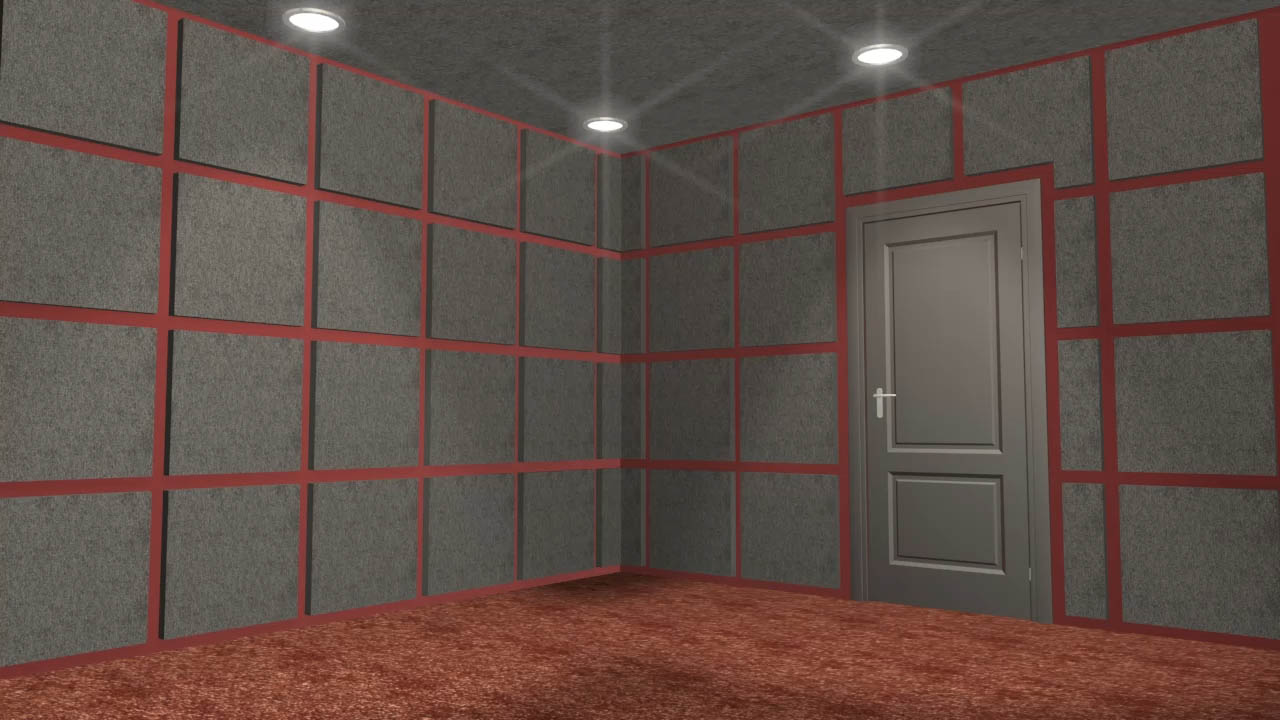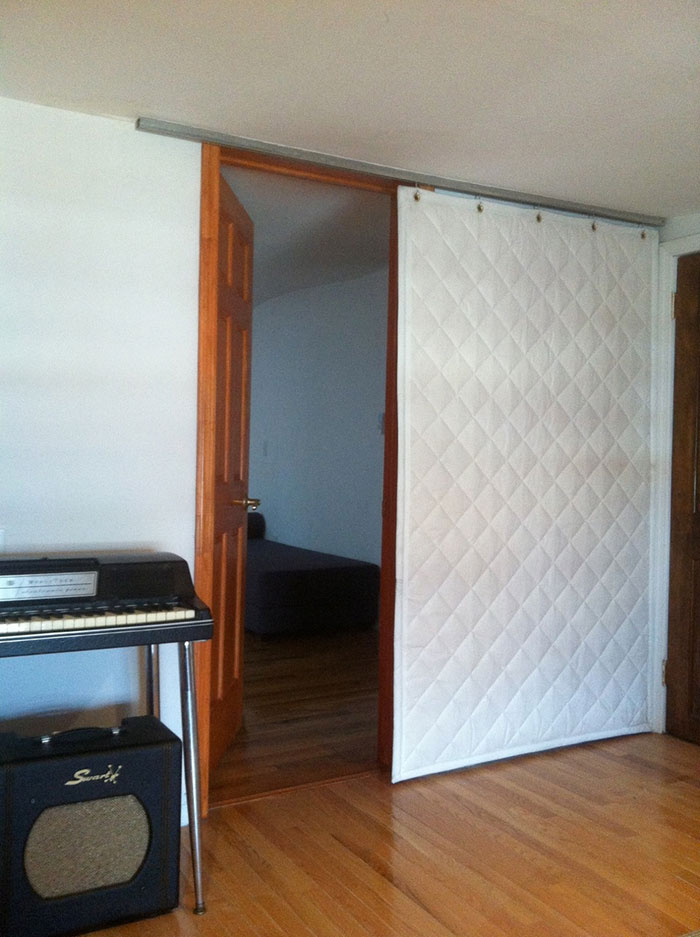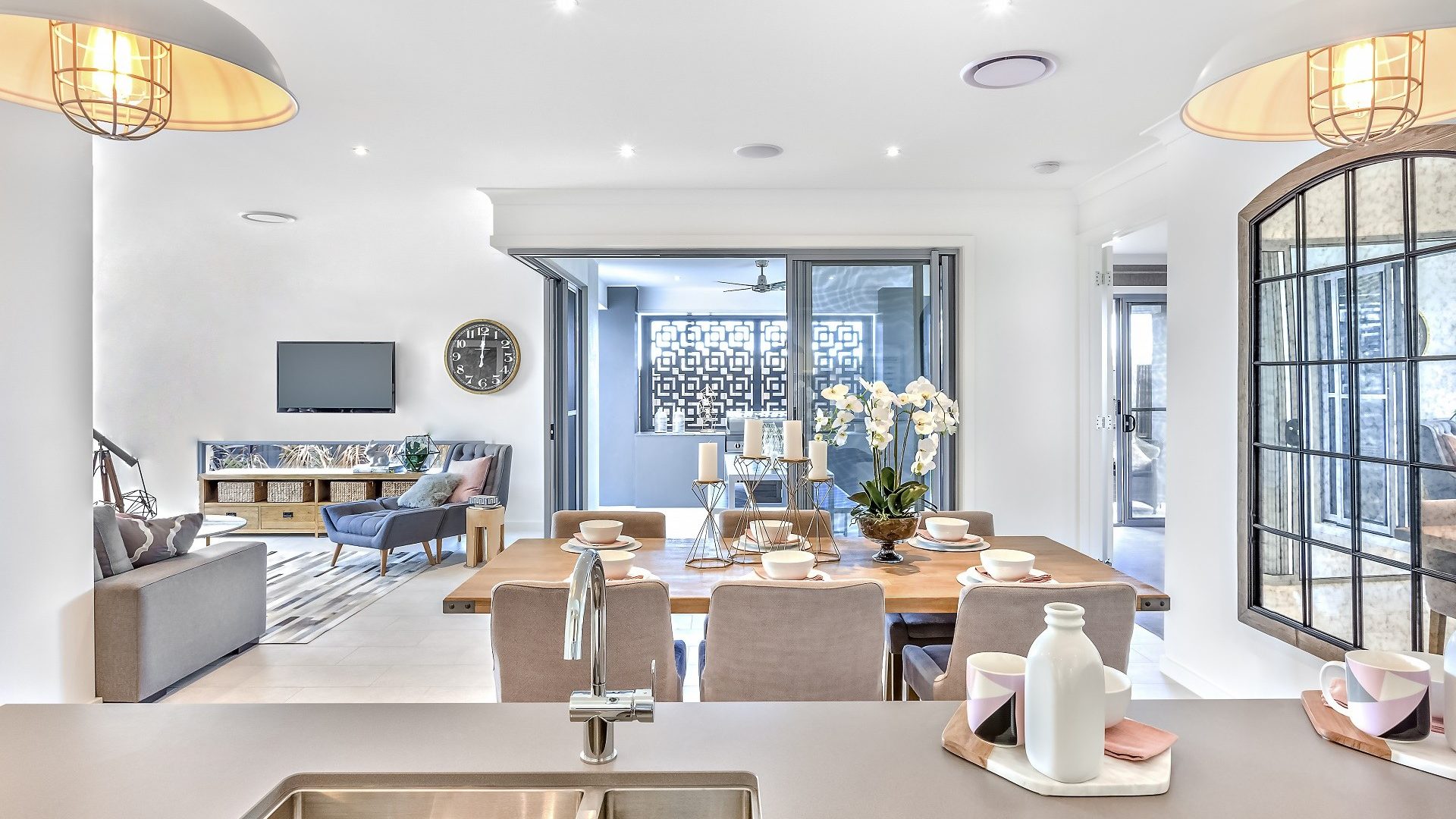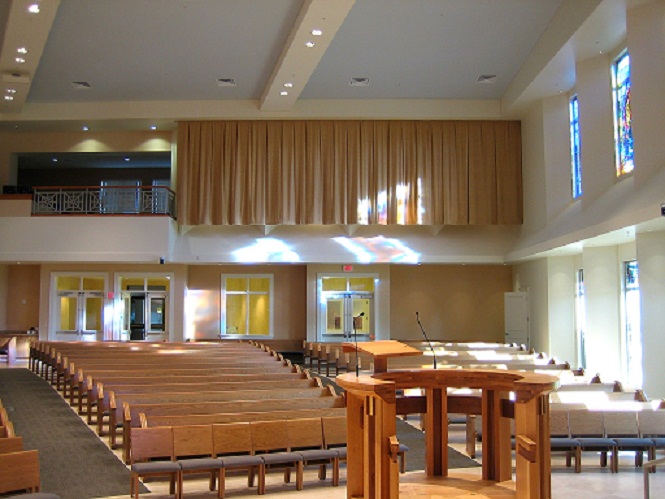For many, soundproofing sounds rather easy: you only need to put some soundproof material between the room and the source of the noise (outside, most of the time). you also do your homework and get online for finding the best soundproofing materials to use. You’re the DIY type of customer so soundproofing your house sounds (☺) really a breeze.
The worst thing to do (and it happens quite a lot), is for you to pay attention to all the advice that you get from your friends. You buy the egg cartons or you put the carpets on the walls-only to realize that they do nothing for blocking the sound entering the room. You can visit soundproofnation.com for more ideas on how to make your home sound proof.
Is soundproofing as easy as it sounds?
Truth be told, soundproofing is a lot more challenging than many things. All the myths floating around don’t help for sure. Following the basic soundproofing principles and using sound blocking materials and techniques will help you create the noise-free home that you’ve been dreaming about.
Sound absorption vs sound blocking- aren’t they the same?
Sound absorption is not the same thing as sound blocking. On some level, absorption is an element of soundproofing, but its role is rather minor.
Most materials that present sound-absorbing abilities are used for improving the acoustics of a room and not for blocking sound coming in/going out. They’re capable to lower the reverberation and echoing of sound that is present in a room. However, they cannot stop sound from entering/leaving a room.
You can find a product that has amazing sound absorption abilities, but it may be entirely useless when it comes to soundproofing. When you’re looking for efficient soundproofing, staying away from acoustical room treatment is one step, to begin with.
What are the main principles for soundproofing?
We’re not going to talk about the bits and bobs, but the most important aspects to take into consideration when soundproofing a room:
Mass
The rule of thumb is that any solid object that is heavy and thick is going to block sound. Mass-loaded vinyl and drywalls are the best examples of materials that present this property.
They’re more efficient against airborne sound (voices, for precision) and not that great when it comes to impact noises (footsteps). The latest is transmitted mainly through the structure of a building.
Note: Mass-loaded Vinyl (MLV)
Heavy, thin and flexible, MLV is an amazing material for all sorts of soundproofing applications. It’s a flexible sound barrier products that have quite some weight to it. it’s common for the modern products to get their weight from calcium silicate (barium sulfate is still used a lot). It’s the weight that gives the soundproofing element mass.
MLV comes in various thicknesses and it’s really versatile. You may screw, nail, staple or hung it (using grommets and reinforcement)
The features of MLV turn it into a reliable and efficient option for soundproofing applications. Here are its main characteristics:
- Flexibility- MLV is the best choice when you need a flexible sound barrier (wrapping around pipes). You may carry it in a roll and use it in a temporary installation as a blanket or sound curtain.
- Thin- a sheet of MLV that is 1/8in thick weight around 1 pound per sq.ft. if you’re struggling with space in a soundproofing application, MLV is your no.1 option.
The main downside for MLV is the price. When you need a source of mass and you don’t worry about the thickness nor the flexibility (main attributes of MLV), you should go with drywall instead. it’s going to be cheaper.
Decoupling
Not all sound gets inside your home through the door or windows. Sometimes it’s the building structure that transmits the sound. When you’re decoupling, you’re inserting gaps into parts of the structure. This is going to prevent the sound vibration from keeping go along the path.
The easiest way to do decoupling is to do it during construction. Staggering stud beams so that two sets of studs support the walls is one way to do it. you don’t want the walls to have the same studs.
You may include decoupling later with resilient sound clips and furring channel. However, you’re going to have to remove the ceiling, original walls and floor first.
Windows that come with non-parallel panels are good examples of decoupling as well. they’re not vibrating at once, as a single unit.
Decoupling is essential when building a “room within a room”- an advanced technique of high efficiency.
As it involves a lot of tearing of the current structures, decoupling isn’t a common option for soundproofing. You need to plan and to install it right. Otherwise, it may even worsen the low-frequency noise as it can create a new resonance chamber.
Damping
When you tap a wine glass with a spoon, it’s going to ring. clamp it with your fingers too- the sound will stop abruptly. This is the effect of damping.
You can obtain damping for soundproofing by using damping compounds (the choices are so many).
The damping compound is capable to turn the sound energy into heat, which is why the sound stops abruptly (just like with the wine glass).
For damping compound to work, it has to be applied between two rigid panels (plywood, drywall, subflooring). They are screwed together, resulting in a Constrained Layer Damping system. as the sound hits the system, it’s going to lead to shearing forces between the panels. This causes friction in the damping layer, turning the sound energy into heat.
Damping is effective against low-frequency noise (the bass beats of music/noise from construction machinery).
Absorption
Absorption plays a big part in soundproofing, but it’s probably the less efficient one. Acoustical ceiling tile and some fibreglass insulation (loosely packed) work as effective sound absorbers, but they’re less efficient in terms of soundproofing.
One final tip
All of the 4 principles are going to work independently of each other. For instance, if you’ve already added some mass with soundproof curtains (take a look for more advice here https://www.soundproofable.com/how-to-soundproof-floor/), you can get better results by adding a damping element to your application.
If your current soundproofing solution isn’t working as good as you want, you should take another look at the whole system for any weak parts.






















